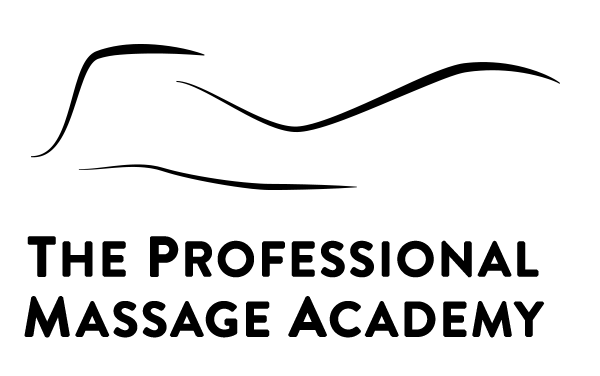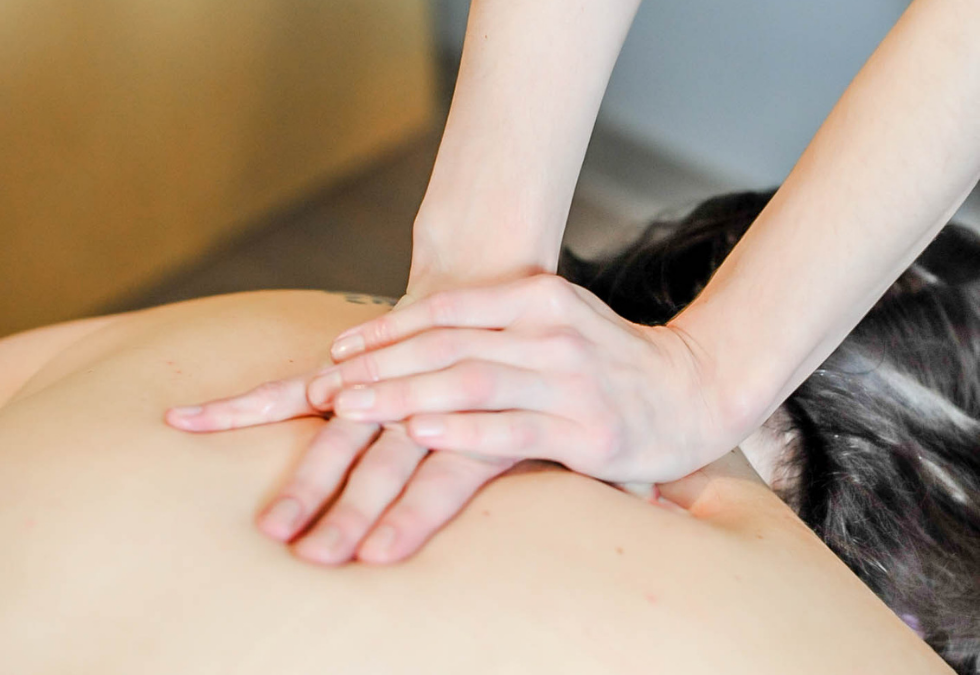You may think of massage techniques as being applied by hands only. Although Massage Therapists do often use their hands, if this is always the case then the repetitive nature of massage can lead to issues in the future. Certain tools and maneuvers can help to alleviate and even prevent soreness, pain or injury to the upper body. There are preventative techniques that can be applied as a Massage Therapist, in particular for hands, wrists, and fingers.
How Can I Take Care of My Hands?
First of all, let’s talk about tools. There are many types of tools that a Massage Therapist can use to help give a massage and apply certain techniques. For example, “gua sha” tools can be used to apply pressure to a person’s muscles and tissue and this can be used instead of one’s fingers or thumbs. “Cupping” is a specialized technique to decompress tissue, improve blood flow, and alleviate tightness. These “cups” are applied to the client’s body in areas of restriction, and this technique can be applied instead of the traditional massage techniques applied with your hands.
Other techniques that are good to remember are to use forearms, elbows and legs as much as possible. Long massage strokes can be applied using your forearm, while bracing with the core and using the legs to get in proper body position so the back is supported. Elbows can often be used to apply deep pressure, as in a knot or trigger point that responds to this sustained deep pressure. Again, use the legs to sink down into the tissue, rather than pushing harder with the upper body which can lead to soreness.
The fingers, thumbs and wrists are prone to repetitive injury and should be used sparingly for massage. When using these body parts, one should keep the joints aligned and prevent hyperextension and/or keep a more “neutral” position at each joint. The spine should also stay aligned, thus preventing the neck and low back to be put in a vulnerable position.
Lastly, as a massage therapist it is important to take care of yourself. Getting regular massage, staying strong in postural and core muscles, and performing stretching or relief exercises as needed is imperative. Think about your career in the long-term and use these preventative tools and techniques so that you stay healthy, happy and working as a massage therapist for as long as you’d like to!
Learn more about our online massage therapy program.
Follow us on Instagram!


Recent Comments